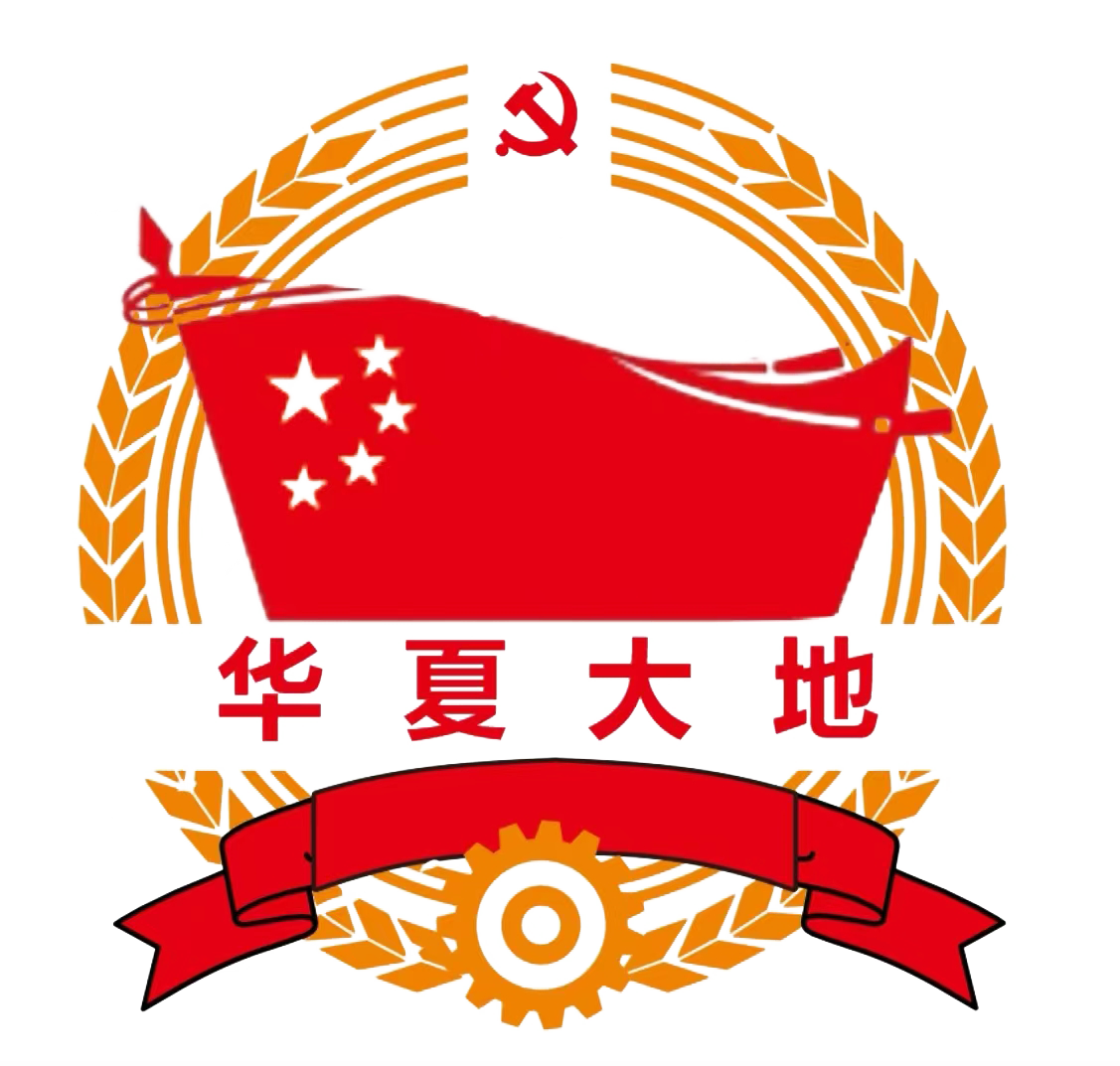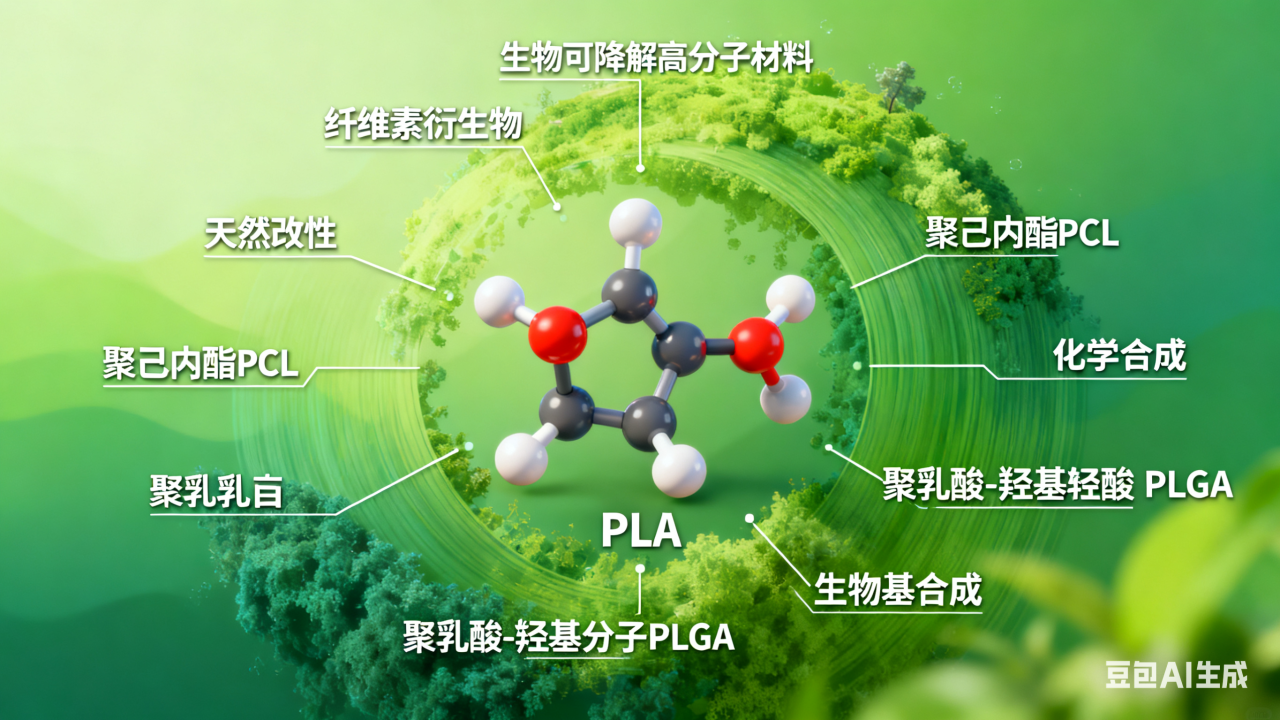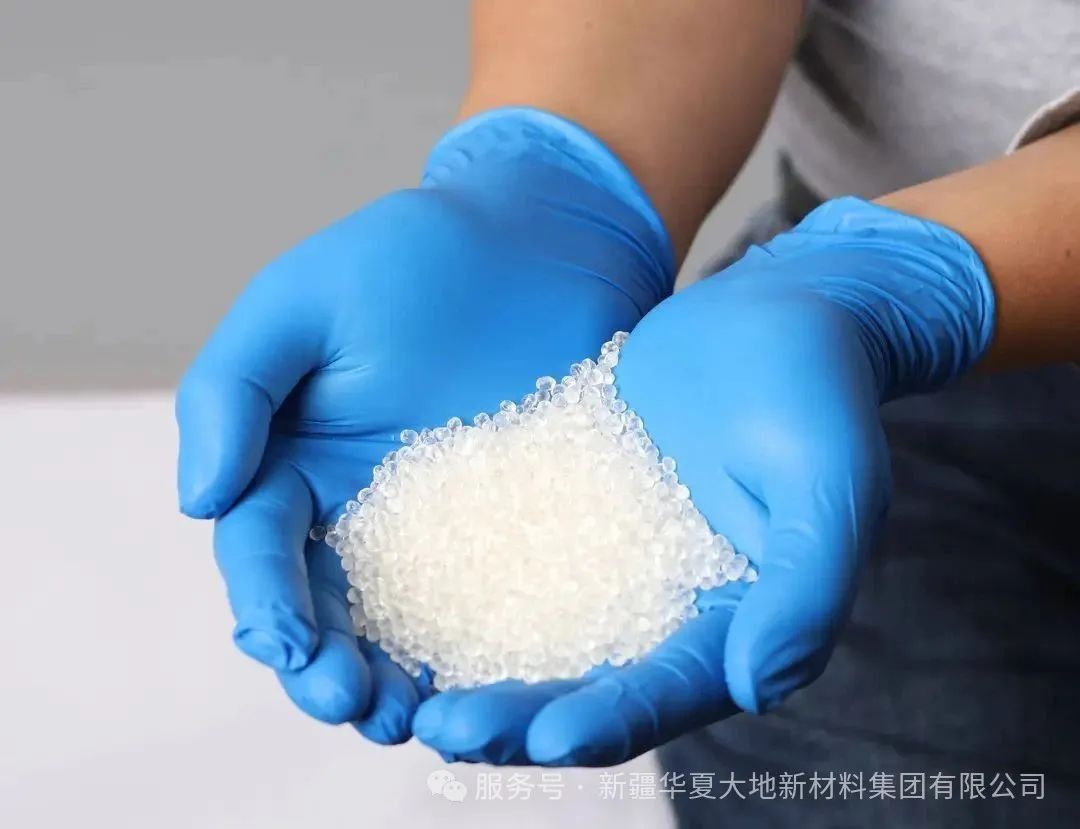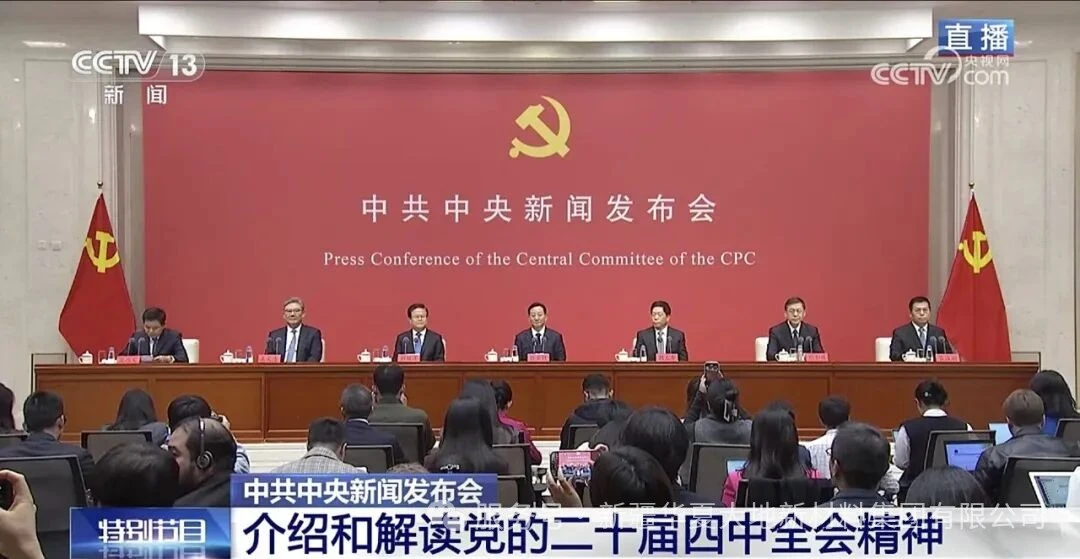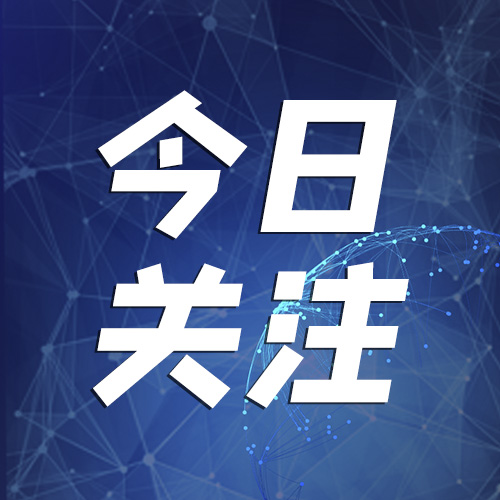On May 23, Premier Li Qiang of the State Council presided over a regular meeting of the State Council, which reviewed and approved the "Action Plan for Green and Low-Carbon Development of the Manufacturing Industry (2025-2027)".
The meeting pointed out that promoting the green and low-carbon development of the manufacturing industry is an inevitable trend. It is necessary to accelerate the innovation of green science and technology and the application of advanced green technologies, and strengthen the green foundation of new industrialization.
It is necessary to promote the deep green transformation of traditional industries. In combination with the implementation of policies such as large-scale equipment renewal, advanced equipment and processes should be actively applied to accelerate the green transformation and upgrading of key industries.
It is necessary to lead the high-starting-point green development of emerging industries, increase the promotion of clean energy and green products, and improve the level of resource recycling.
It is necessary to strengthen the research and development of common technologies, improve standards in key areas, optimize relevant policies, and improve the green manufacturing and service system to better support and help enterprises transform and upgrade.
Experts said that comprehensively promoting the green and low-carbon development of the manufacturing industry is a fundamental requirement for implementing the new development concept and promoting new industrialization. The relevant arrangements will increase support for the research and application of major green and low-carbon technologies, accelerate the green transformation and upgrading of key industries, and continuously enhance the green and low-carbon competitive advantage of the industry.
Zhu Keli, executive director of the China Information Association and founding president of the National Development Research Institute's New Economy Research Institute, believes that the series of arrangements made at the meeting focus on the dual logic of global industrial transformation and domestic economic transformation. The deepening of global climate governance requires the manufacturing industry to take a green path, and the domestic economy's shift from high-speed growth to high-quality development also requires the reshaping of industrial competitiveness through green technology.
"Traditional industries are not synonymous with backwardness. They can be rejuvenated through process innovation, equipment upgrading, and management optimization," Zhu Keli believes. The focus of the transformation of traditional industries lies in promoting the green reconstruction of the entire production chain with a systematic mindset. Among them, the large-scale equipment renewal policy is a key lever for green transformation. The implementation of policies needs to focus on targeting, prioritizing the renewal of inefficient equipment in high-energy-consuming industries, and providing fiscal and tax policy incentives to reduce enterprise costs. At the same time, equipment renewal needs to be deeply integrated with digitalization and intelligence to maximize the marginal benefits of energy efficiency improvement.
Regarding leading the high-end green development of emerging industries, Liu Xiangdong, deputy director of the Research and Information Department of the China Center for International Economic Exchanges, believes that under the current major trend of green and low-carbon development, the development of emerging industries should avoid taking the old path of "polluting first and treating later". This requires that green technologies, processes and standards be integrated throughout the planning and development of emerging industries, thereby driving the low-carbonization of the overall economic system and fostering new industrial advantages for international competition. It is suggested that in the next step, the promotion and application of clean energy and green products be actively advanced, regional platforms for the trading of recycled resources be built, and the Internet of Things technology be used to monitor in real time the entire process of solid waste generation, transportation and disposal by key enterprises, etc., to truly develop a green economy and a circular economy and improve the level of resource recycling.
